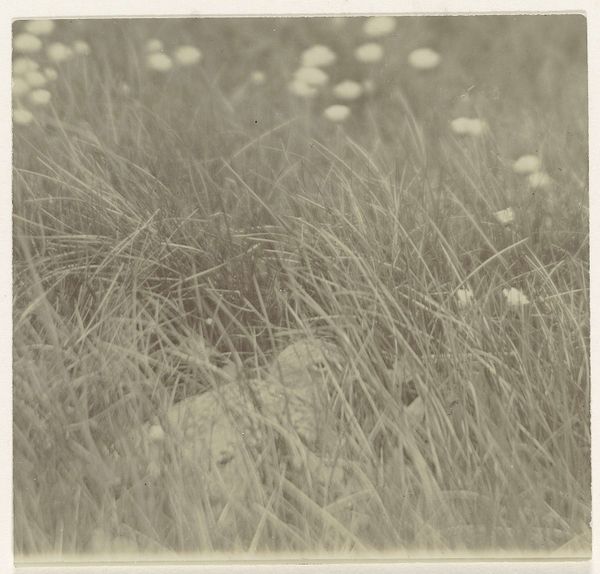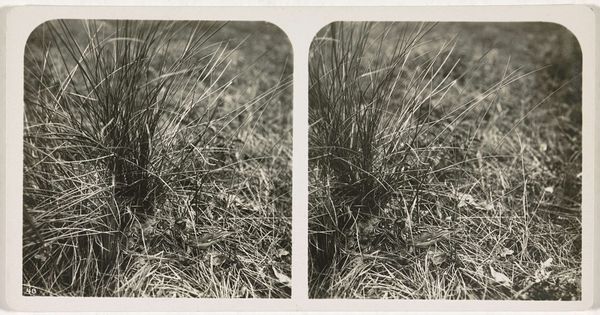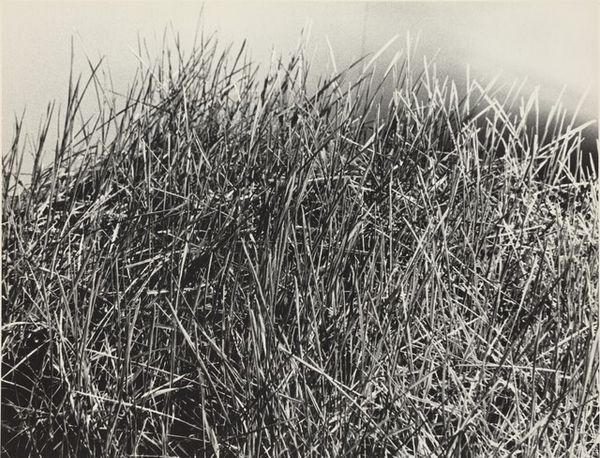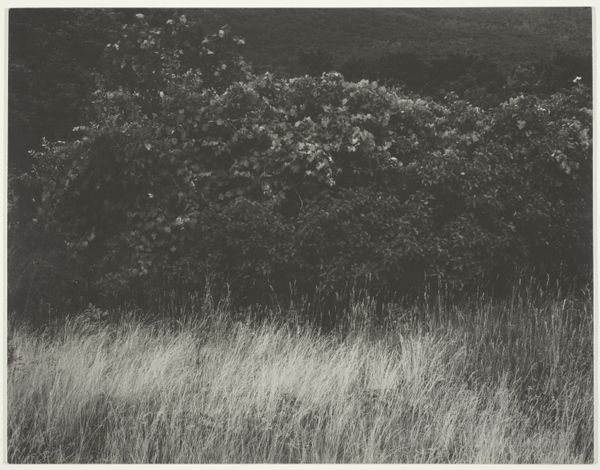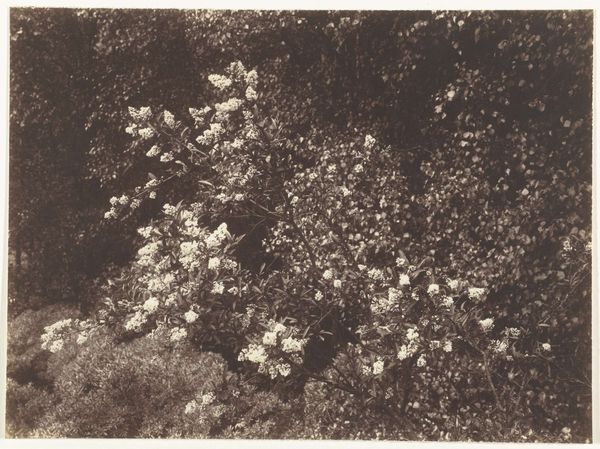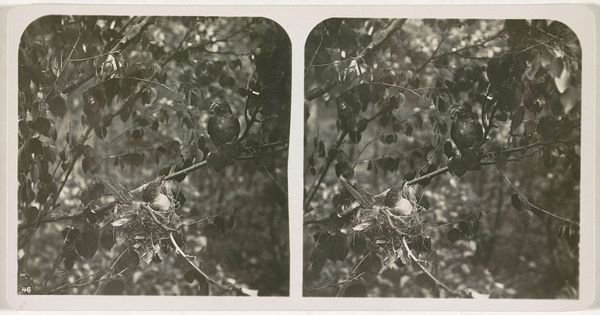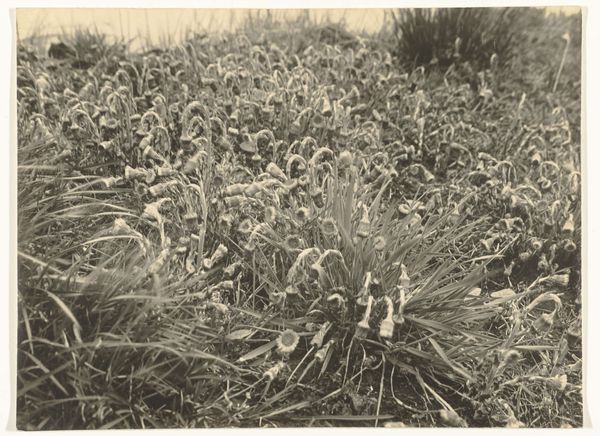
photography
#
organic shape
#
landscape
#
photography
#
natural texture
Dimensions: height 84 mm, width 165 mm
Copyright: Rijks Museum: Open Domain
Adolphe Burdet captured this stereograph, "Eieren van zee-zwaluwen," which translates to "Eggs of sea swallows," using gelatin silver print, a popular photographic process of the late 19th and early 20th centuries. Stereographs like this one were very popular at the time. Viewed through a special device, the double image would appear as a single, three-dimensional photograph. Produced during a time of increasing industrialization and urbanization, such images offered people a glimpse into natural environments, fostering an emotional connection to the disappearing wilderness. Though seemingly objective, Burdet’s photographs raise questions about human intervention in nature. Who is allowed to observe and document, and at what cost? The act of capturing these images, however benign it may seem, raises questions about our relationship with the natural world, and our role in its potential exploitation. How do we balance our desire to understand and document with the need to protect and preserve?
Comments
No comments
Be the first to comment and join the conversation on the ultimate creative platform.



